Home>Garden Essentials>How Long Until Basil Germinate
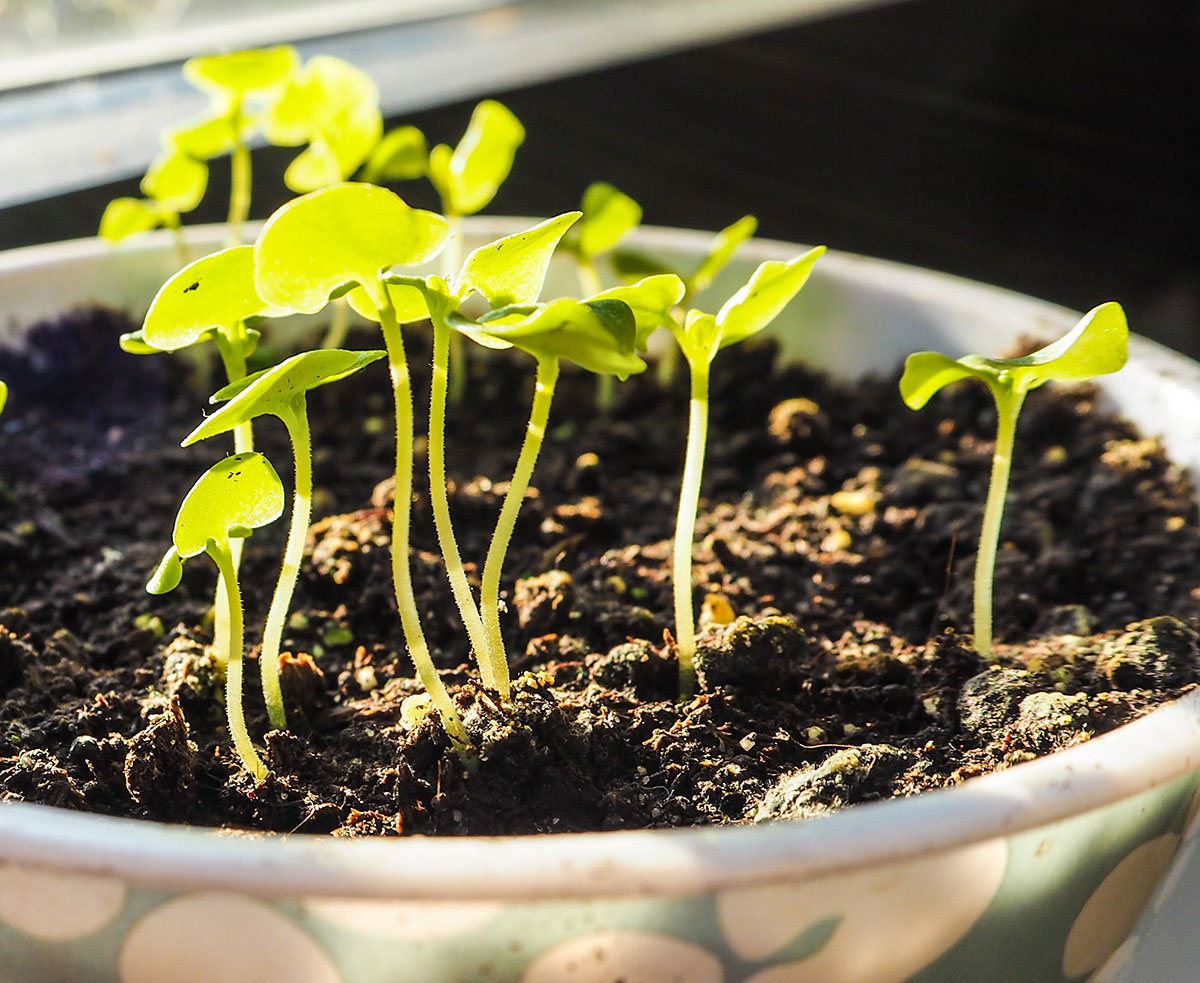

Garden Essentials
How Long Until Basil Germinate
Modified: April 29, 2024
Want to know how long it takes for basil to germinate in your garden? Discover the average germination time and tips for successful basil seed germination.
(Many of the links in this article redirect to a specific reviewed product. Your purchase of these products through affiliate links helps to generate commission for Storables.com, at no extra cost. Learn more)
Introduction
Welcome to the wonderful world of gardening! If you are a gardener, a plant enthusiast, or simply someone who loves to bring a touch of nature into your home, then you’ve come to the right place. In this article, we will delve into the exciting process of basil germination and discuss the factors that can affect the time it takes for your basil seeds to sprout.
Basil is a versatile and highly aromatic herb that is widely used in various cuisines around the world. From Italian pesto dishes to Thai curries, basil adds a distinct flavor and fragrance to any recipe. Cultivating your own basil plants not only provides you with a fresh supply of this delightful herb but also allows you to witness the fascinating journey from seed to plant.
Understanding the germination process of basil is crucial for successful cultivation. Germination refers to the process in which a seed starts to grow into a new plant. It begins when a seed absorbs water, initiates internal biochemical reactions, and eventually sprouts into a seedling.
In the following sections, we will explore the various factors that can impact the time it takes for basil seeds to germinate. By understanding these factors, you will be equipped with the knowledge to optimize your gardening practices and achieve successful basil germination rates.
So, let’s dive in and uncover the secrets to successful basil germination!
Key Takeaways:
- Basil seeds need warmth, moisture, and darkness to sprout. Keep them in a cozy environment, water them gently, and cover them with soil for successful germination.
- Choosing fresh, high-quality seeds and providing the right temperature and moisture levels are key to growing healthy basil plants. Experiment with germination techniques to give your seeds a boost!
Read more: How Long Until Begonia Germinate
Understanding Basil Germination
Before we delve into the details of basil germination, let’s take a closer look at what happens during this fascinating process. Basil seeds contain a dormant embryo, surrounded by a protective seed coat. When the right conditions are met, the seed enters a stage of activation, signaling the start of germination.
During germination, the seed absorbs water through the seed coat, triggering the activation of enzymes and metabolic processes. As a result, the seed begins to break down stored nutrients, such as carbohydrates and proteins, to provide energy for growth.
The first visible sign of germination is the emergence of the radicle, which is the embryonic root. The radicle grows downwards, anchoring the seedling into the soil and absorbing water and nutrients from the surrounding environment. Once the radicle establishes itself, the seedling develops cotyledons, which are the embryonic leaves.
As the seedling continues to grow, it eventually develops true leaves, which are the characteristic leaves of the basil plant. At this point, the seedling is no longer dependent on stored food reserves and can start photosynthesizing to produce energy.
Now that we have a basic understanding of basil germination, let’s explore the various factors that can influence the germination process and the time it takes for basil seeds to sprout.
Factors Affecting Basil Germination
Several factors can influence the germination of basil seeds, affecting the time it takes for them to sprout and emerge as seedlings. Understanding these factors is crucial for successful basil cultivation. Let’s take a closer look at each of them:
- Temperature: Basil seeds prefer warm temperatures for germination. The optimal temperature range for basil germination is between 70°F and 85°F (21°C and 29°C). Cooler temperatures can significantly slow down the germination process, while higher temperatures can lead to poor germination rates. Maintaining a consistent and warm environment can help promote successful germination.
- Seed Quality: The quality of the basil seeds plays a vital role in germination. Seeds that are old, damaged, or improperly stored may have reduced viability, leading to a lower germination rate. It is always recommended to purchase fresh, high-quality seeds from reputable suppliers to ensure optimal germination results.
- Moisture: Proper moisture levels are essential for successful germination. Basil seeds require consistent moisture to activate the germination process. However, excessive moisture can lead to rot and fungal diseases. It is important to strike a balance by keeping the soil evenly moist without causing waterlogging. Regular monitoring and adjusting watering practices accordingly is key.
- Light: Basil seeds do not require light to germinate. In fact, they prefer darkness during the germination process. It is recommended to cover the seeds with a thin layer of soil to ensure they are not exposed to excessive light. Once the seedlings emerge, they require ample light for healthy growth. Placing them in a sunny location or providing artificial grow lights can encourage robust development.
- Soil Quality: The soil in which the basil seeds are sown should be well-draining and rich in organic matter. Good soil structure allows for proper aeration and root development. Adding compost or well-rotted manure to the soil before sowing can provide the necessary nutrients and improve soil fertility, promoting better germination and overall plant growth.
- Depth of Sowing: Basil seeds are tiny and only need to be lightly covered with a thin layer of soil. Sowing them too deep can hinder germination, as the seeds may struggle to reach the surface. A general rule of thumb is to cover the seeds with soil that is about twice their diameter. Gentle watering after sowing helps settle the soil and ensures good seed-to-soil contact.
By considering these factors and providing the optimal conditions for basil germination, you can increase the chances of successful seed sprouting and healthy seedling development. Now let’s explore the specific impact of temperature on the germination time of basil seeds.
Temperature and Germination Time
Temperature plays a crucial role in the germination process of basil seeds. The right temperature range provides the optimal conditions for seed activation and subsequent growth. Basil seeds prefer warm temperatures for germination, typically between 70°F and 85°F (21°C and 29°C).
When the temperature is within this range, the seeds absorb water more efficiently, triggering enzymatic activity and metabolic processes necessary for germination. As a result, the seeds germinate more quickly and consistently.
If the temperature falls below the optimal range, germination can be significantly delayed. Cooler temperatures slow down the enzymatic activity within the seed, prolonging the time it takes for the seeds to sprout. In some cases, extremely low temperatures can even inhibit germination altogether.
On the other hand, excessively high temperatures can also negatively impact germination. When the temperature exceeds the upper limit of the preferred range, basil seeds may experience reduced viability and lower germination rates. The heat can lead to seed dormancy or damage the internal structures necessary for germination.
To ensure successful germination, it is important to maintain consistent and warm temperatures. You can achieve this by starting your basil seeds indoors or in a greenhouse, where you have more control over the environment. Using a heating mat or propagator can provide the ideal temperature range and promote quicker germination.
Additionally, keep in mind that basil seeds prefer a stable temperature throughout the germination process. Fluctuating temperatures can stress the seeds and hinder germination. It is important to monitor the temperature and provide a consistent environment for optimal germination results.
By understanding the impact of temperature on basil germination, you can adjust your gardening practices to provide the ideal conditions. Remember to provide warmth to your basil seeds, keeping them within the recommended temperature range, and you’ll be on your way to successful germination in no time.
Now that we’ve explored the influence of temperature, let’s move on to the next factor that can affect the germination of basil seeds: seed quality.
Seed Quality and Germination Rate
The quality of basil seeds can have a significant impact on the germination rate and overall success of your basil cultivation. It’s essential to choose high-quality seeds from reputable suppliers to ensure optimal germination results.
When purchasing basil seeds, look for packages with a high germination rate indicated on the label. This rate signifies the percentage of seeds that are expected to sprout under ideal conditions. Seeds with a higher germination rate have a higher probability of successful germination and healthy seedling development.
Old or improperly stored seeds may have reduced viability, resulting in lower germination rates. It’s recommended to purchase seeds that are within their expiration date or labeled as “fresh” to ensure optimal quality.
Additionally, inspect the seeds for any signs of damage or deformities. Seeds that are damaged, cracked, or discolored may have a lower chance of successful germination. Selecting seeds that are plump, firm, and of uniform color and shape increases the likelihood of successful germination.
Proper storage is also crucial for maintaining seed quality. Keep your basil seeds in a cool, dry, and dark place, away from direct sunlight and moisture. Storing seeds in airtight containers or sealed envelopes helps preserve their viability for a longer period.
It’s important to note that not all seeds will germinate at the same rate. Variations in seed dormancy and genetics can influence germination time. Some seeds may germinate quickly, while others may take longer. Therefore, it’s advisable to sow slightly more seeds than required to account for variations in germination rates.
By selecting high-quality seeds, ensuring proper storage, and allowing for variations in germination rates, you can improve the overall germination rate and increase the chances of successful basil cultivation. Now let’s move on to another critical factor: moisture and watering practices.
Read more: How Long Until Purple Mangosteens Germinate
Moisture and Watering Practices
Proper moisture levels are essential for successful basil germination. Basil seeds require sufficient moisture to activate the germination process. However, it’s vital to strike a balance and avoid excessive moisture, which can lead to rot or fungal diseases.
Before sowing basil seeds, prepare the soil by ensuring it is well-draining. Excess waterlogged soil can suffocate the seeds and inhibit germination. Incorporating organic matter, such as compost or well-rotted manure, can improve soil structure, allowing for better drainage.
Once the seeds are sown, provide gentle watering to evenly moisten the soil. Avoid excessive watering that can cause the seeds to dislodge or cluster, preventing consistent germination. Using a fine mist or a watering can with a rose attachment can help distribute water evenly without disturbing the seeds.
Regular monitoring of the soil moisture is crucial during the germination period. Check the soil moisture level by gently pressing a finger into the top inch of soil. If it feels dry, it’s time to water. However, if it feels wet or overly saturated, it’s best to hold off on watering until the soil has dried out slightly.
Remember that consistency is key. It’s important to maintain even moisture throughout the germination period. Dry periods followed by heavy watering can shock the seeds and impede germination. Aim for a balanced approach, providing regular, light watering to keep the soil moist but not overly saturated.
As the seedlings emerge and grow, adjust your watering practices accordingly. Gradually increase the amount of water given, allowing the roots to establish and take up more moisture. Be cautious not to overwater, as basil plants prefer slightly drier conditions once established.
Lastly, be mindful of the climate and weather conditions. Hot and arid climates may necessitate more frequent watering, while cooler and humid climates may require less. Adjust your watering schedule based on the specific needs of your basil plants.
By maintaining proper moisture levels and implementing appropriate watering practices, you can provide the optimal environment for basil germination. Now, let’s shed some light on the role of light in the germination process of basil seeds.
Basil seeds typically germinate within 5 to 10 days when kept in a warm, sunny location and consistently moist soil. Placing the seeds in a warm spot and covering the pot with plastic wrap can help speed up the germination process.
Light and Germination Process
The role of light in the germination process of basil seeds is unique compared to other factors. While light is essential for the growth of mature basil plants, it does not play a significant role during the actual germination process. In fact, basil seeds prefer darkness for successful germination.
When sowing basil seeds, it is generally recommended to cover them with a thin layer of soil. This helps create a dark environment that promotes proper germination. The darkness signals to the seeds that it is time to activate their growth mechanisms.
However, once the seedlings emerge from the soil, they require ample light for healthy development. Basil is considered a light-loving plant and requires at least 6-8 hours of direct sunlight daily. If you are growing basil indoors or in a location with limited natural light, you can supplement with artificial grow lights. Place the seedlings 4-6 inches away from the grow lights to ensure they receive adequate light intensity.
Exposing emerging seedlings to excessive light during the germination process can hinder their development. It may cause them to stretch and become weak, a condition known as etiolation. Etiolated seedlings have thin, elongated stems and pale, yellowish leaves. To prevent etiolation, it is crucial to provide the appropriate darkness during the germination phase.
Once the seedlings have grown their first set of true leaves, you can gradually introduce them to more light. Start by placing them in a location with dappled sunlight or indirect light for a few hours a day. Gradually increase their exposure to direct sunlight over time, allowing them to acclimate to brighter conditions.
Providing the right balance of light is essential for the healthy growth and development of your basil plants. Remember, darkness during germination and ample light during the growth stage are key factors to consider.
Now that we’ve covered the role of light in basil germination, let’s move on to discuss different techniques you can use to enhance the germination of your basil seeds.
Germination Techniques for Basil Seeds
When it comes to germinating basil seeds, there are several techniques you can employ to enhance the germination process and increase your chances of success. Let’s explore some of these techniques:
- Pre-soaking: Pre-soaking basil seeds before sowing can help jump-start the germination process. Place the seeds in a container of warm water and allow them to soak for a few hours or overnight. This aids in softening the seed coat and encourages quicker seed imbibition.
- Scarification: Basil seeds have a hard seed coat that can sometimes hinder germination. Scarification involves nicking or scratching the seed coat to break its hard outer layer. This can be done by gently rubbing the seeds with sandpaper or using a small knife to make a tiny incision. By creating small openings, you allow water to penetrate the seed more easily, expediting germination.
- Stratification: Some basil varieties benefit from stratification, a process that mimics the natural conditions seeds experience during the winter season. Cold stratification involves exposing the seeds to cool temperatures for a period of time before sowing. This can be done by placing the seeds in a moist paper towel and refrigerating them for a few weeks. Stratification can help break seed dormancy and lead to more consistent germination.
- Seedling Heat Mat: Using a seedling heat mat is particularly beneficial if you are starting your basil seeds indoors or in a cooler climate. These mats provide gentle warmth to the seeds and the surrounding soil, maintaining the ideal temperature for germination. Place the seed tray on the heat mat to encourage faster and more uniform germination.
- Germination Paper or Cloth: Instead of using soil, you can try germinating basil seeds on moistened paper towels or cloth. Place the seeds on the dampened surface, fold it over to cover the seeds, and keep it in a warm, dark location. This method allows for easy monitoring of seed germination progress and helps prevent issues caused by soil-related factors.
Experiment with these different germination techniques to find what works best for you and your basil seeds. Remember to adjust other factors such as temperature, moisture, and lighting accordingly to ensure optimal germination conditions.
Now that you have a good understanding of the various germination techniques, let’s move on to the practical aspect and discuss a step-by-step guide for sowing basil seeds.
Sowing Basil Seeds: Step-by-Step Guide
Are you ready to sow your basil seeds and start your journey to a flourishing basil garden? Follow these step-by-step instructions to ensure a successful sowing process:
- Prepare your planting containers: Choose containers or seed trays with drainage holes to prevent waterlogging. Fill them with well-draining potting mix or seed-starting mix, leaving about an inch of space at the top.
- Moisten the soil: Before sowing the basil seeds, water the soil lightly to ensure it is evenly moist. This will create a favorable environment for germination.
- Sow the basil seeds: Carefully sprinkle the basil seeds onto the soil surface, ensuring even distribution. Basil seeds are small, so it may be helpful to tap the packet to release a few seeds at a time. Space the seeds about an inch apart to allow room for growth.
- Cover the seeds: Once the seeds are sown, lightly cover them with a thin layer of soil. This helps create a dark environment that promotes germination while still allowing air exchange.
- Label and water: Label your containers with the basil variety and the date of sowing. Water the newly planted seeds gently using a fine mist or a watering can with a rose attachment. Be careful not to dislodge the seeds.
- Provide the optimal conditions: Place the containers in a warm location with temperatures between 70°F and 85°F (21°C and 29°C). Keep the soil consistently moist but not overly saturated. Avoid exposing the seeds to direct sunlight during germination.
- Monitor and maintain: Regularly check the containers for any signs of moisture loss and adjust watering as needed. Keep an eye out for the emergence of the seedlings, which should occur within 7-14 days, depending on the variety and conditions.
- Transition seedlings to light: Once the seedlings have emerged, gradually introduce them to more light. Start by placing them in a location with dappled sunlight or indirect light for a few hours each day. Slowly increase their exposure to direct sunlight over time, allowing them to acclimate to brighter conditions.
- Thin and transplant: When the seedlings have developed their first set of true leaves, thin them out if they are overcrowded. Leave the strongest and healthiest seedlings, spacing them about 6-8 inches apart. Transplant the seedlings into larger pots or into the garden bed when they are about 4-6 inches tall.
- Maintain care: Provide regular watering, ensuring the soil remains moist but not waterlogged. Fertilize the basil plants with a balanced organic fertilizer to promote healthy growth. Harvest leaves as needed, pinching off the upper sprigs to encourage bushier growth.
By following these steps, you’ll be on your way to successfully sowing and growing basil from seeds. Enjoy the process and savor the satisfaction of nurturing your own basil plants.
Now, in case you encounter any issues during the germination process, let’s discuss some troubleshooting tips to help you overcome potential challenges.
Read more: How Long Does Basil Take To Germinate?
Troubleshooting Basil Germination Issues
While basil germination is generally straightforward, occasionally you may encounter some challenges along the way. Here are some troubleshooting tips to help you overcome common basil germination issues:
1. Slow or uneven germination: If your basil seeds are taking longer than expected to germinate or if germination is uneven, the temperature might be the culprit. Ensure that the seeds are in a warm environment with temperatures between 70°F and 85°F (21°C and 29°C). Adjust the location or consider using a heating mat to provide consistent warmth.
2. Poor germination rate: If your germination rate is low, or only a few seeds have sprouted, it is essential to evaluate the seed quality. Check the expiration date on the seed packet to ensure that you are using fresh seeds. Additionally, assess the storage conditions to ensure the seeds were not exposed to excessive moisture or extreme temperatures that may have affected their viability.
3. Damping-off: Damping-off is a common fungal disease that affects young seedlings, causing them to wilt and die. To prevent damping-off, ensure proper soil drainage and avoid overwatering. Allow the top layer of soil to dry slightly between watering to discourage fungal growth. Using sterilized soil and clean, disinfected containers can also help prevent the spread of pathogens.
4. Insufficient light: If your basil seedlings are growing weak and leggy, it may be a sign of insufficient light. Make sure your seedlings receive at least 6-8 hours of direct sunlight each day. If natural light is limited, supplement with artificial grow lights placed close to the seedlings, ensuring they receive adequate light intensity for proper growth.
5. Pests and diseases: Keep an eye out for common pests like aphids, spider mites, or whiteflies that can damage basil seedlings. Regularly inspect the plants and take necessary measures to control pests, such as using organic insecticides or employing natural pest control methods like companion planting or introducing beneficial insects. Preventing diseases by practicing good sanitation, proper watering techniques, and maintaining adequate air circulation can also help safeguard your basil plants.
6. Transplant shock: When transplanting your basil seedlings into larger pots or the garden bed, they may experience transplant shock. To minimize this, handle the seedlings with care, avoiding damage to the delicate roots. Water the seedlings well before and after transplanting to reduce stress. Gradually expose them to outdoor conditions, starting with a few hours of outdoor time and gradually increasing over several days.
By addressing these common issues and following these troubleshooting tips, you can improve the germination process and ensure the healthy growth of your basil plants. Remember, gardening is a journey that requires patience, learning, and adaptation.
Now that we’ve explored how to troubleshoot germination issues, let’s conclude our discussion.
Conclusion
Congratulations! You’ve reached the end of our comprehensive guide on basil germination. Armed with the knowledge and techniques discussed in this article, you are well-prepared to embark on a successful journey of growing basil from seeds.
We began by understanding the process of basil germination, from the activation of the dormant seeds to the emergence of seedlings. We then explored the various factors that can affect basil germination, including temperature, seed quality, moisture, and light. By understanding these factors, you can optimize your gardening practices to create the ideal conditions for successful germination.
We also discussed germination techniques such as pre-soaking, scarification, stratification, and the use of seedling heat mats or germination paper. These methods can give your basil seeds an extra boost and improve your germination rates.
Following a step-by-step guide, we learned how to properly sow basil seeds, ensuring appropriate moisture levels, temperature, and light conditions. We explored troubleshooting tips to overcome common germination issues, such as slow germination, poor germination rates, damping-off, and transplant shock.
Remember, gardening is an ongoing learning experience. Each batch of seeds and each growing season can present new challenges and opportunities. Embrace the process, experiment with different techniques, and adapt your practices as needed.
With dedication, care, and a bit of patience, you’ll soon witness the magic of basil germination as your seeds sprout, grow, and flourish into healthy and aromatic basil plants. From there, you can enjoy the bountiful harvest and the delicious flavors that fresh basil brings to your culinary creations.
So, roll up your sleeves, gather your basil seeds, and set forth on your journey to growing your own basil garden. Happy sowing and happy gardening!
Frequently Asked Questions about How Long Until Basil Germinate
Was this page helpful?
At Storables.com, we guarantee accurate and reliable information. Our content, validated by Expert Board Contributors, is crafted following stringent Editorial Policies. We're committed to providing you with well-researched, expert-backed insights for all your informational needs.
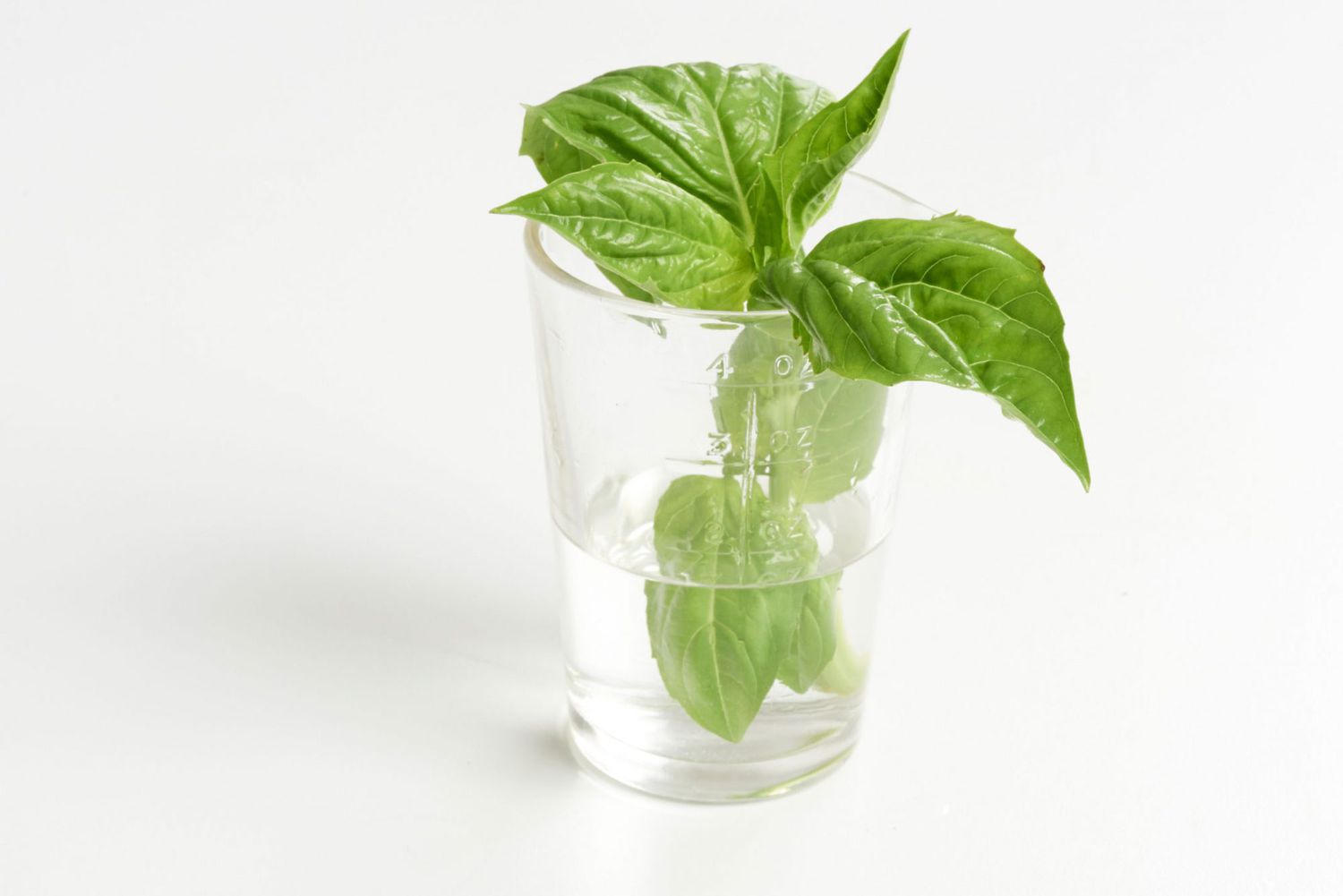
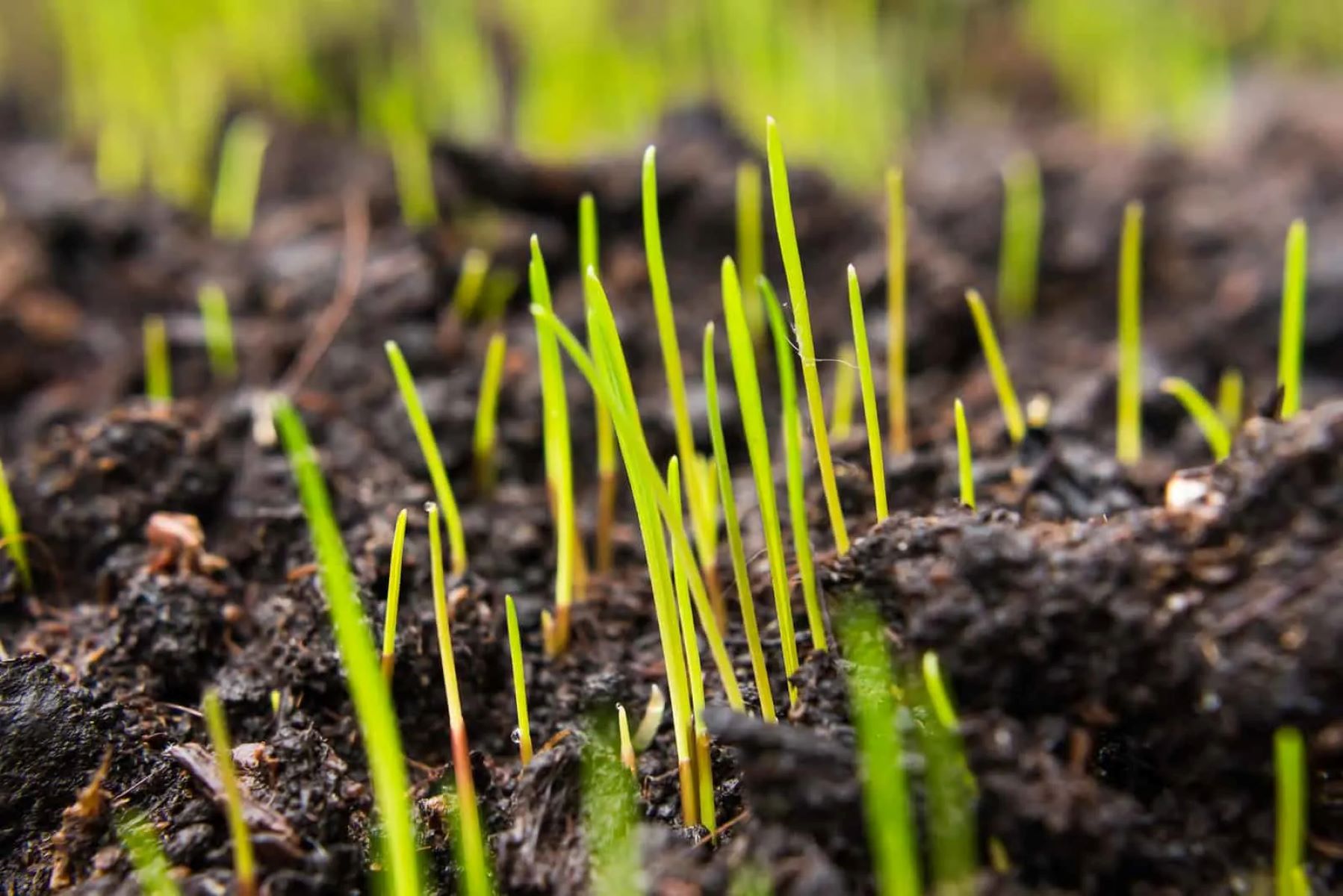
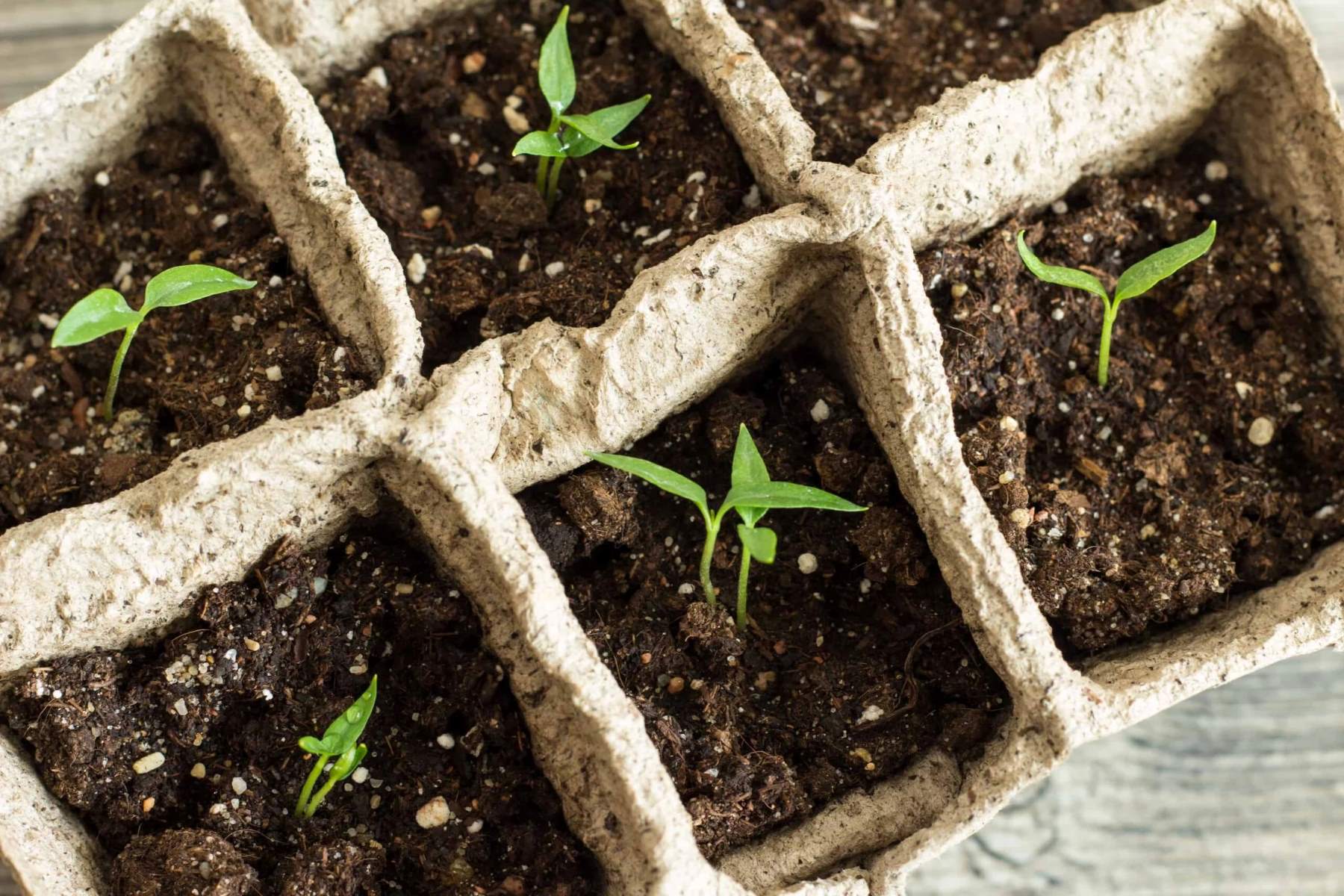
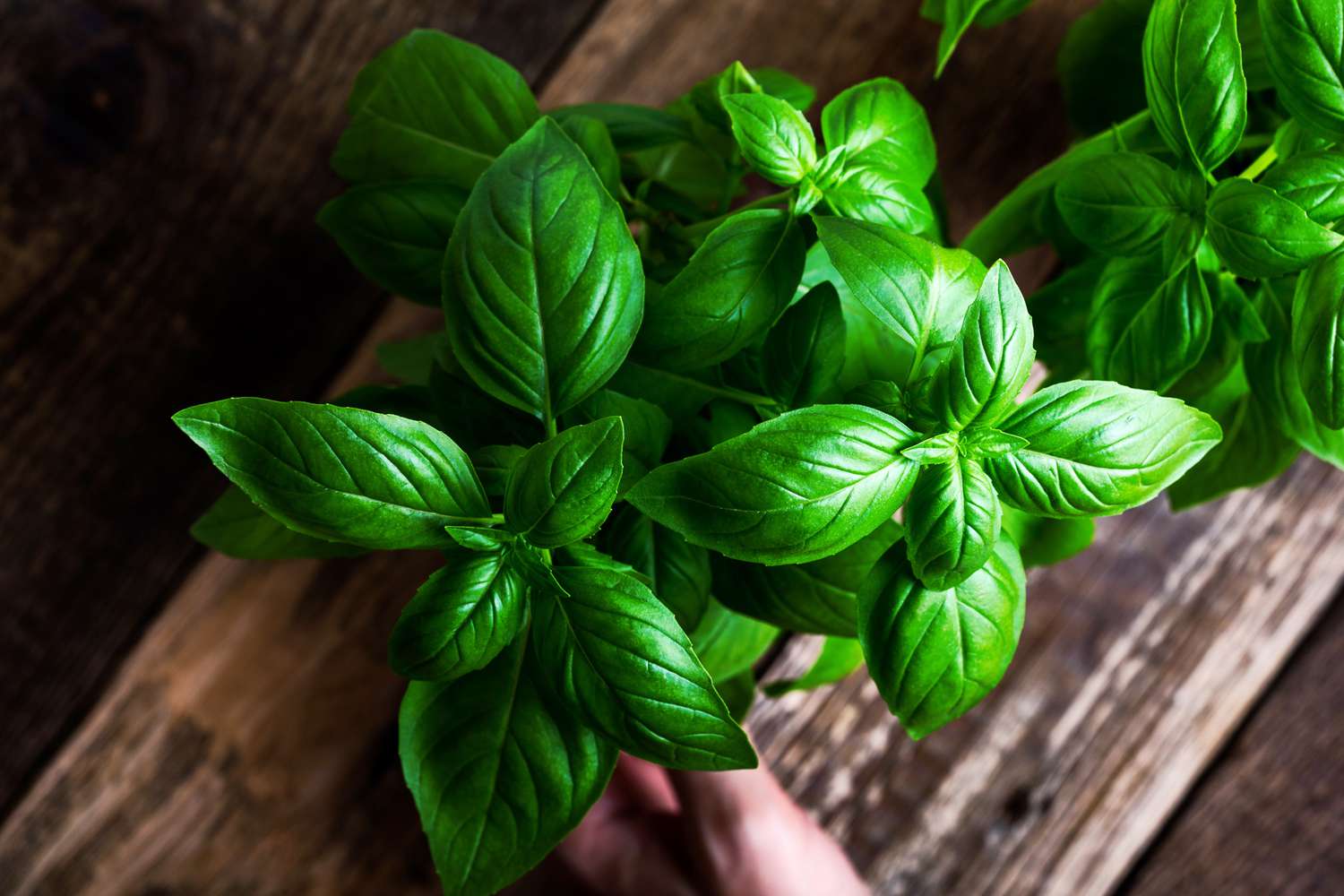
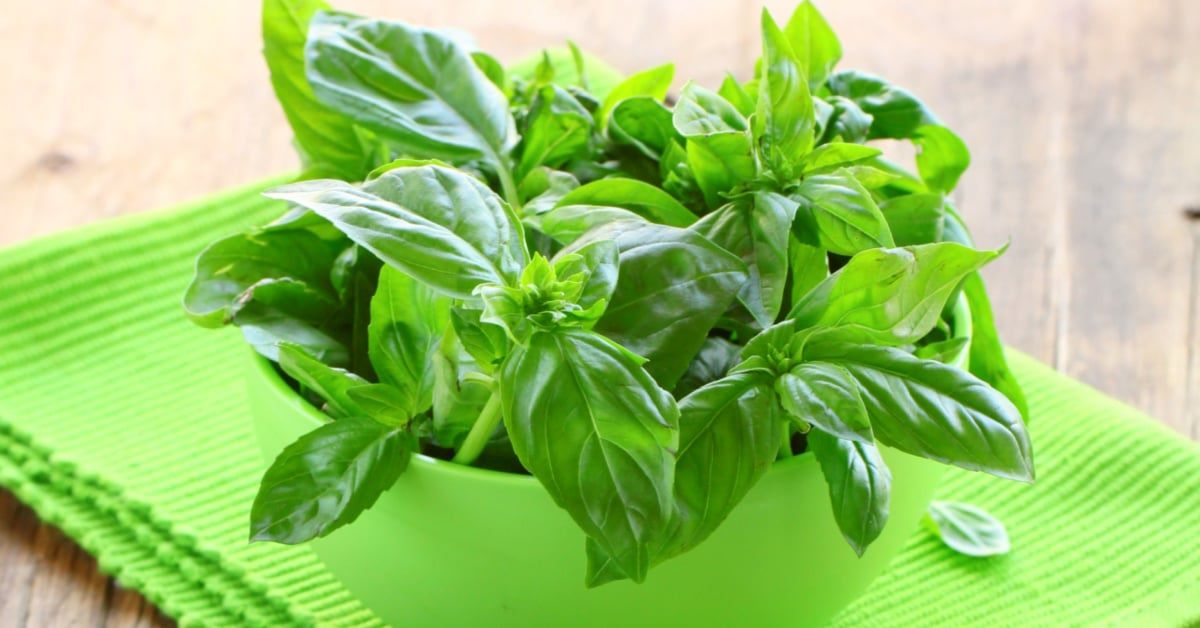
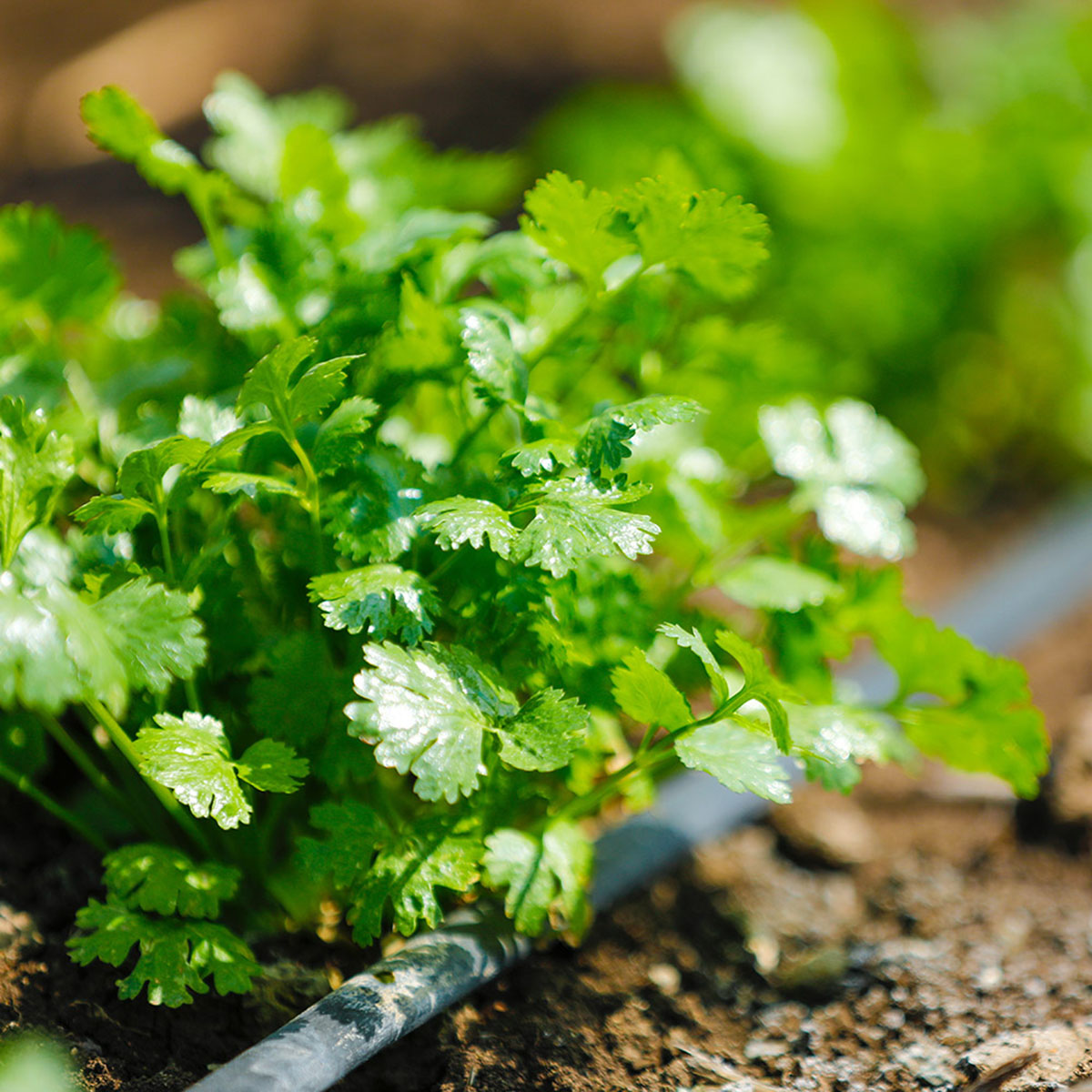
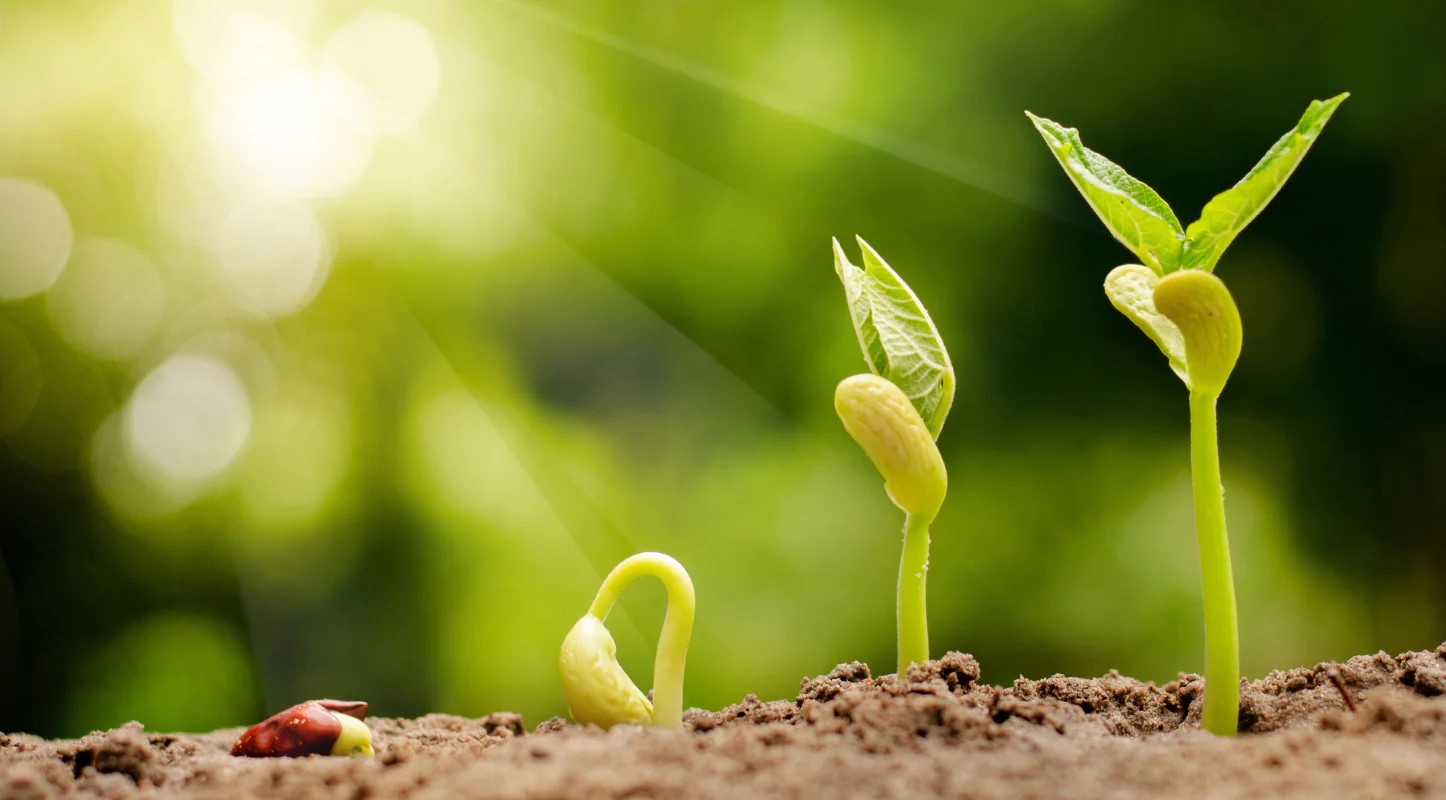
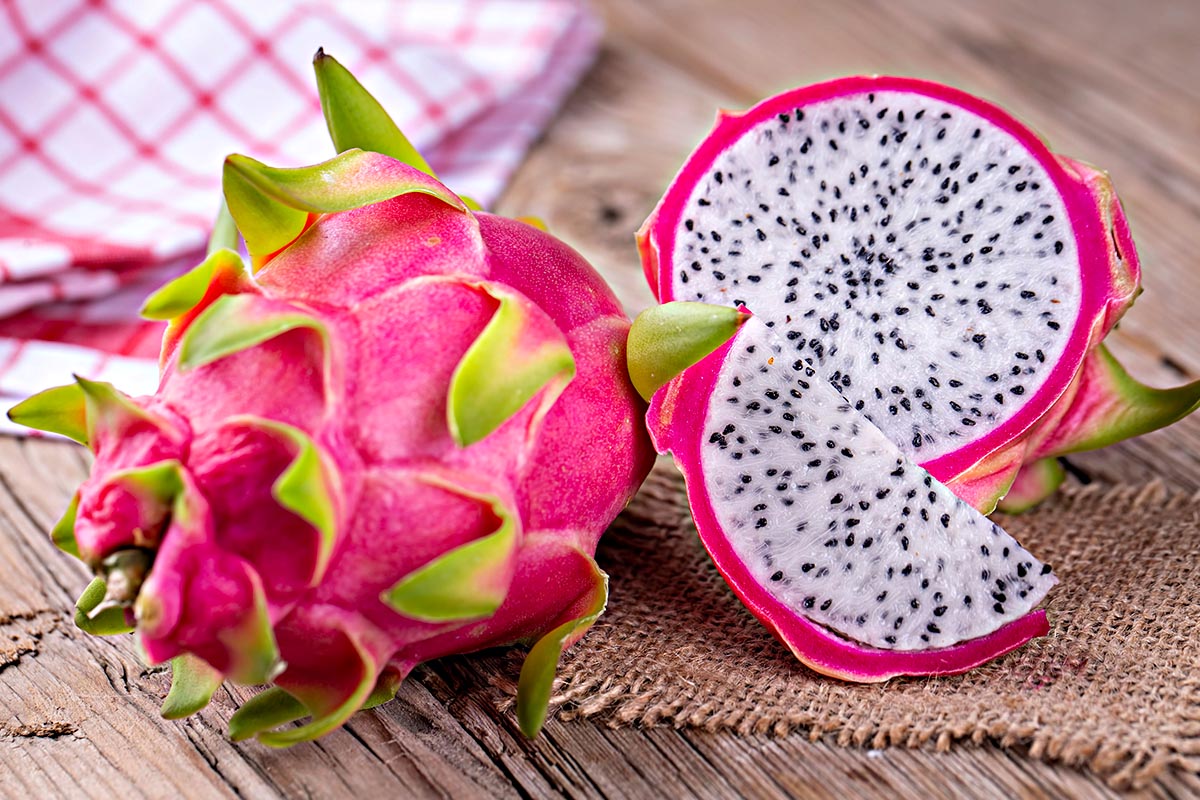
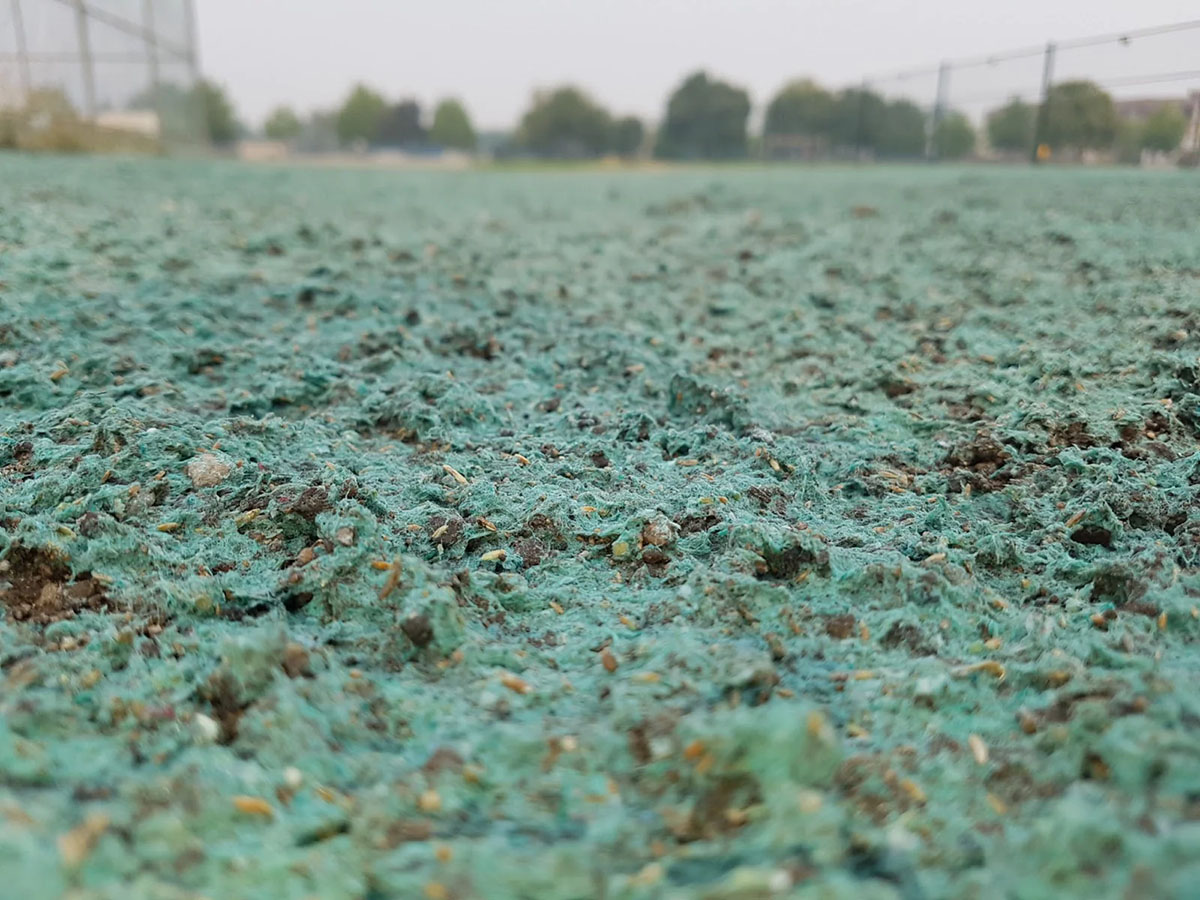
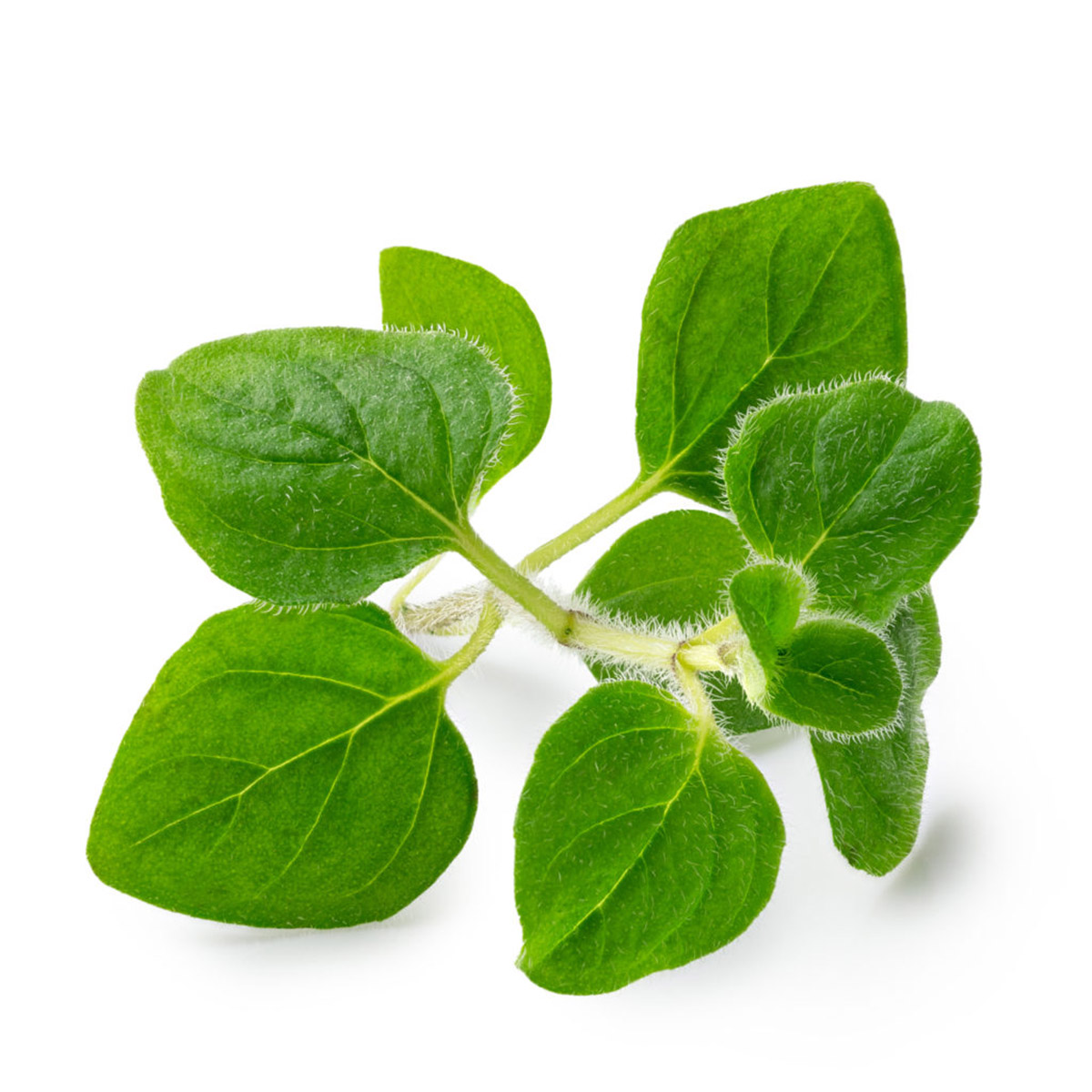
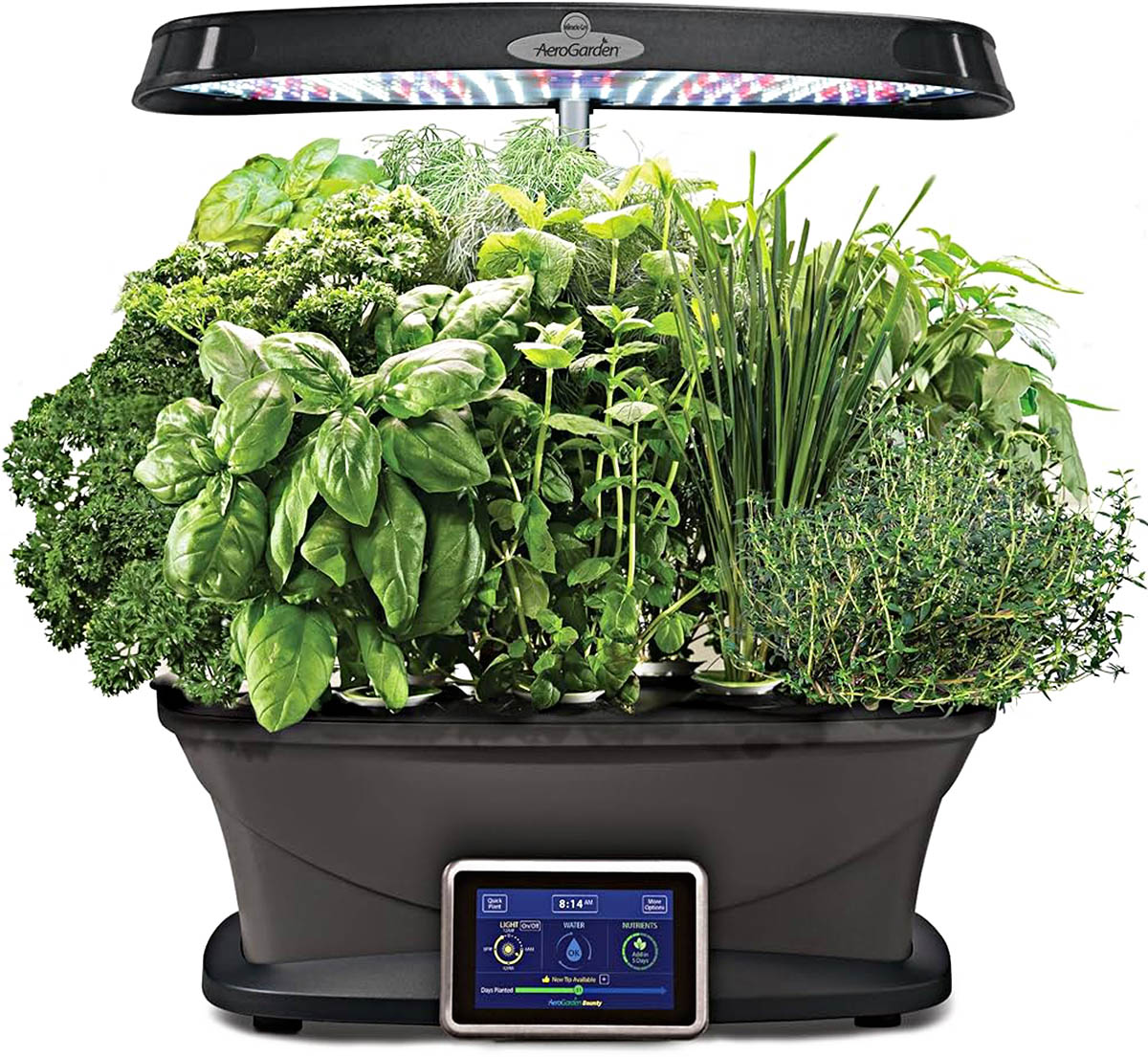
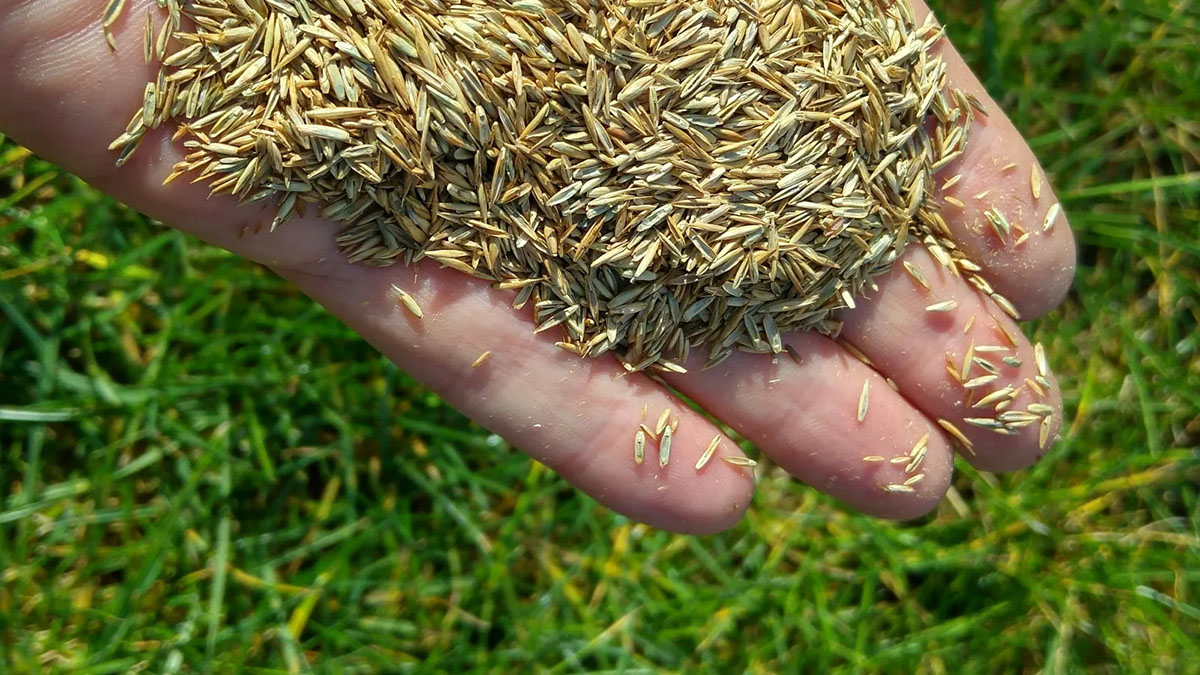
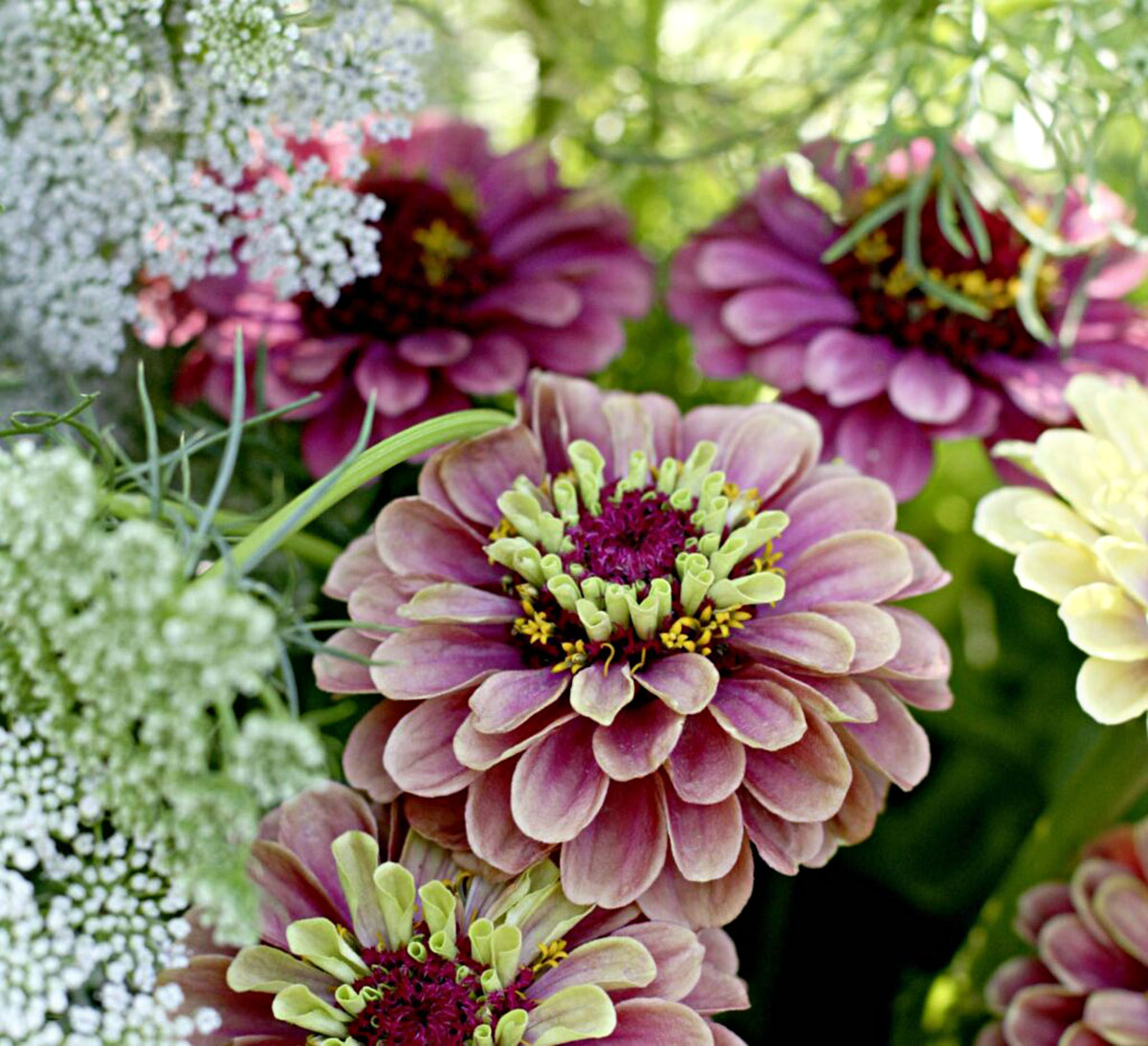

0 thoughts on “How Long Until Basil Germinate”